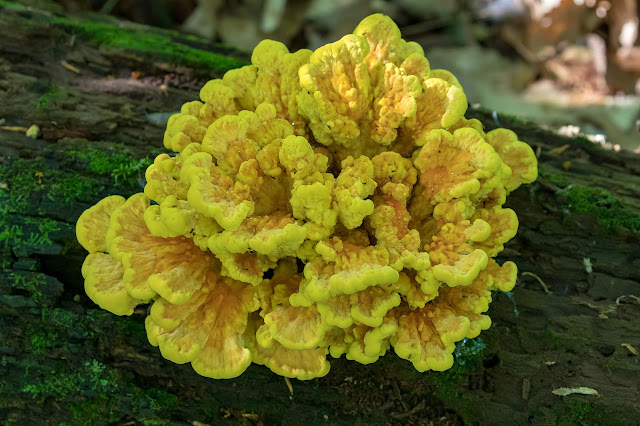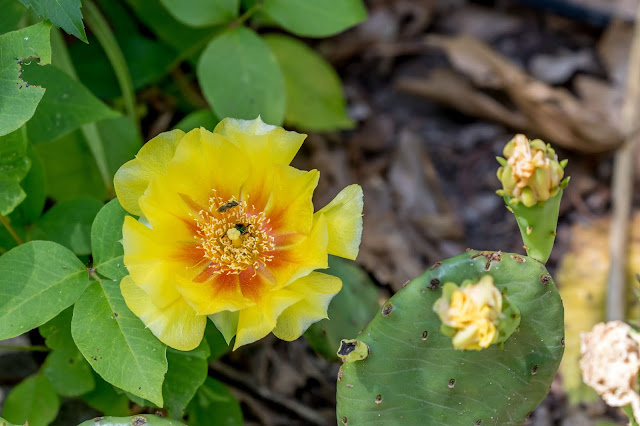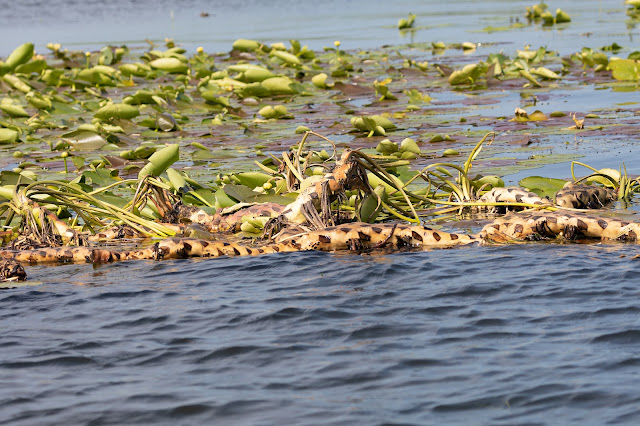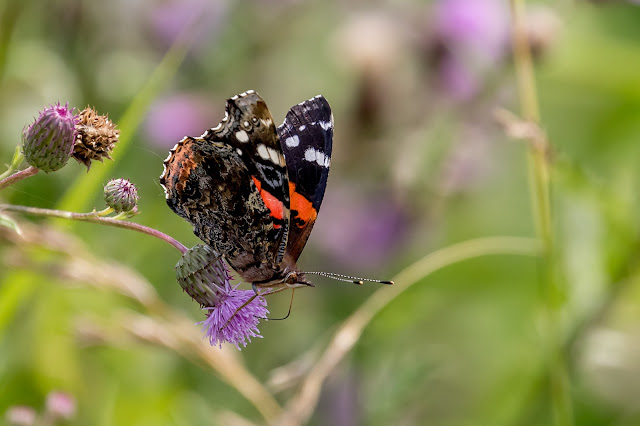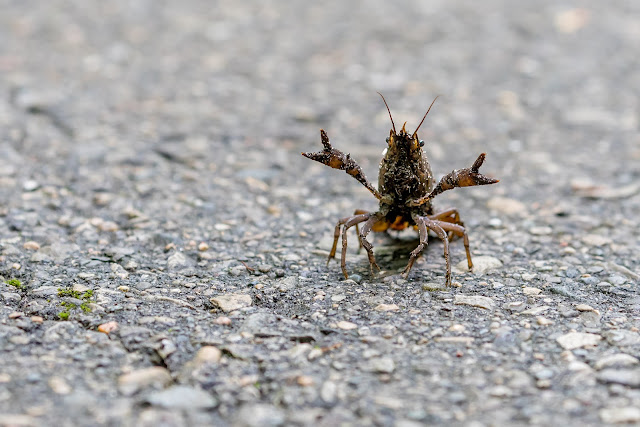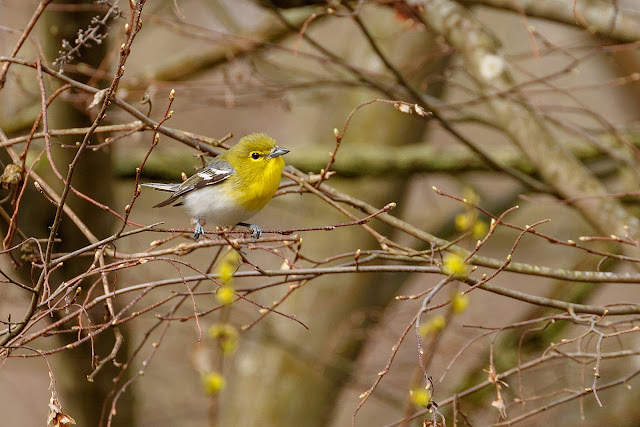Camouflage specialist.

Seaside Grasshopper, Rondeau Provincial Park, Ontario, Canada, July 30, 2019. I found this grasshopper on the way to the beach and it was only because it moved. Trimerotropis maritima, known generally as the seaside grasshopper or seaside locust, is a species of band-winged grasshopper in the family Acrididae. It is found in Central America and North America
